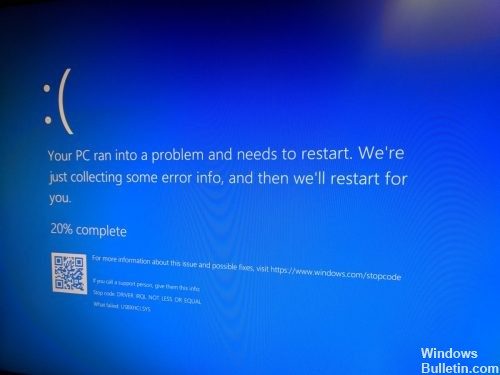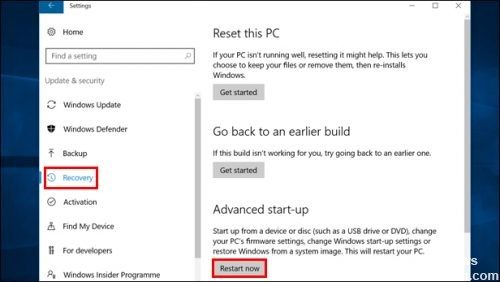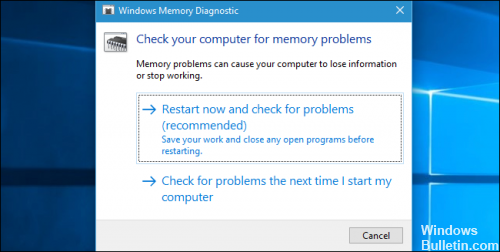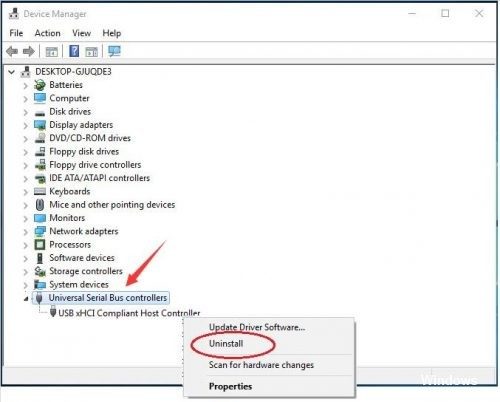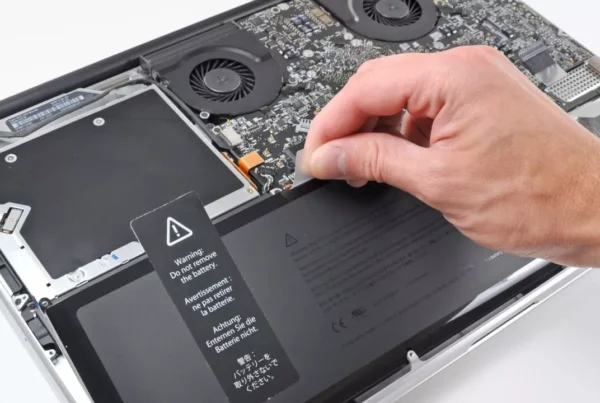RECOMMENDED: Click here to fix Windows errors and get the most out of your system performance
USBXHCI.SYS Blue Screen of Death Error it has something to do with the USB 3.0 or USB 3.1 ports on your motherboard. Or at least the driver which controls the USB 3.0 specification port on the motherboard.
If the motherboard has the option in the BIOS for super fast or fast charging or standby charging of USB devices, try disabling the alternatives in the BIOS as a temporary test.
A blue screen error (also called a stop error) can occur if your computer shuts down or restarts unexpectedly due to an obstacle. If this type of error occurs, you cannot see things like the Start menu or the taskbar on the screen when your computer is turned on. Instead, you may see a blue screen telling you that your computer has encountered an obstacle and needs to restart.
SYS errors, like the ones associated with USBXHCI.SYS, are most common when you start your computer, start your program, or try to use a particular function of your program (such as printing).
How To Fix USBXHCI.SYS Errors:
Start your computer in safe mode.
- Restart your computer and press Shift + F8 when the Win logo appears.
- On the next screen, select Repair this computer and click Troubleshoot.
- Then choose Advanced Options, then Startup Settings.
- In conclusion, turn on Safe Mode and log in to your account.
- Make sure to reboot with the network and try the steps specified in method 1 to perform the update.
Change registry settings
Before editing the registry, either export the keys to the registry you want to edit, or save the entire registry. If a crash occurs, you can follow the steps in the “Restore the registry” section to restore the registry to its previous state. To back up the entire registry, use the Backup utility to back up the system state. The system state contains the registry, the COM+ class registry database, and its startup files.
Run Windows Memory Diagnostics
- To launch the Windows Memory Diagnostics tool, open the Start menu, type “Windows Memory Diagnostics” and press Enter.
- You can also press Windows + R, access “mdsched.exe” in the Run dialog box that appears, and press Enter.
- You must restart your computer to perform the test. You cannot use your computer while the test is running.
- To accept, click "Restart now and check for problems (recommended)". Be sure to save your work first. Your computer restarts immediately.
Uninstalling and Reinstalling the USB xHCI Compliant Host Controller Driver
1) Hold down Windows + R to open the Run field.
2) Type devmgmt.msc in the field and press Enter to open Device Manager.
3) Find and expand the Universal Serial Bus Controller dialog.
Then right-click the xHCI Compliant USB Host Controller and select Uninstall.
4) Click OK when prompted to confirm the uninstall.
RECOMMENDED: Click here to fix Windows errors and get the most out of your system performance

